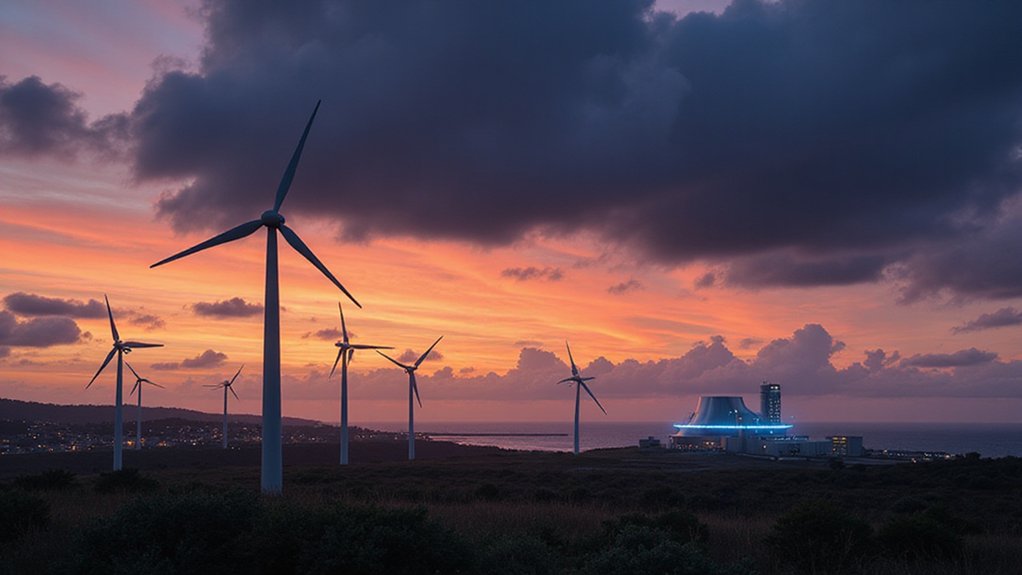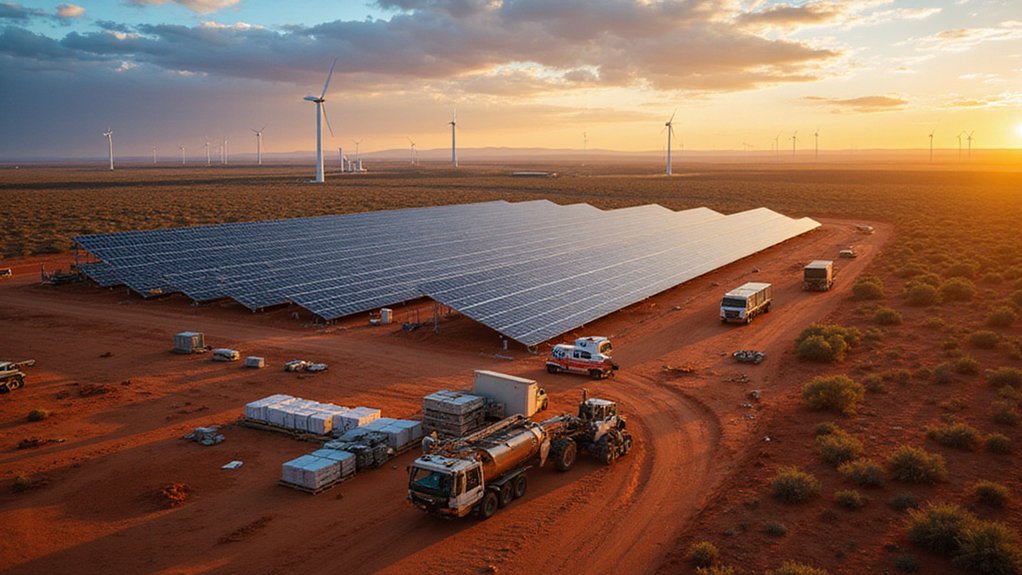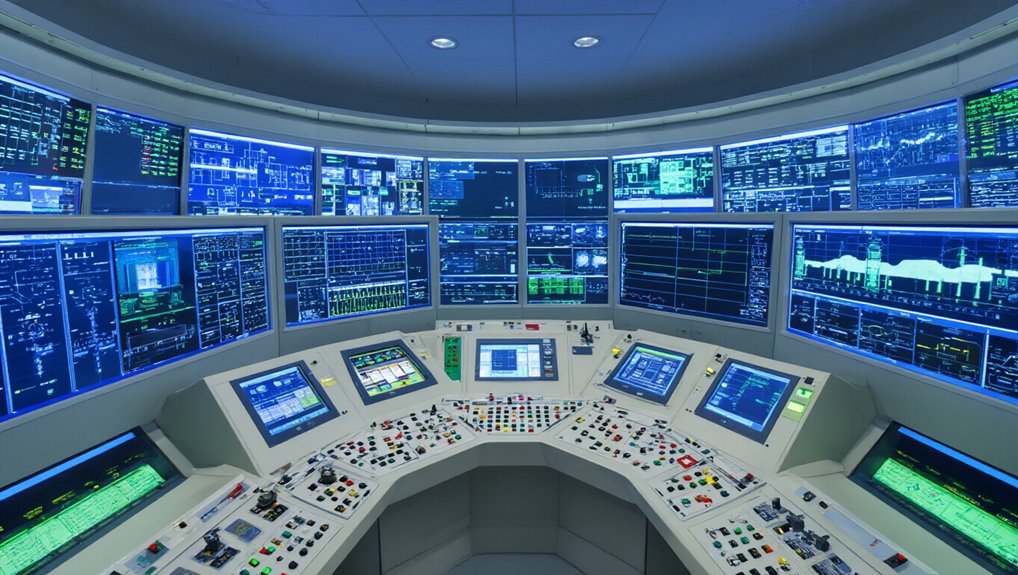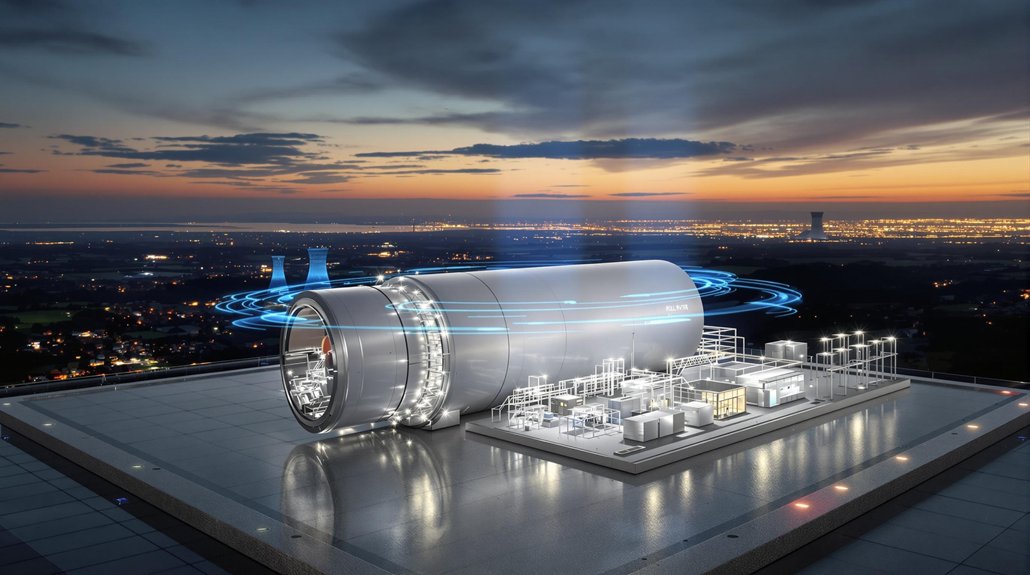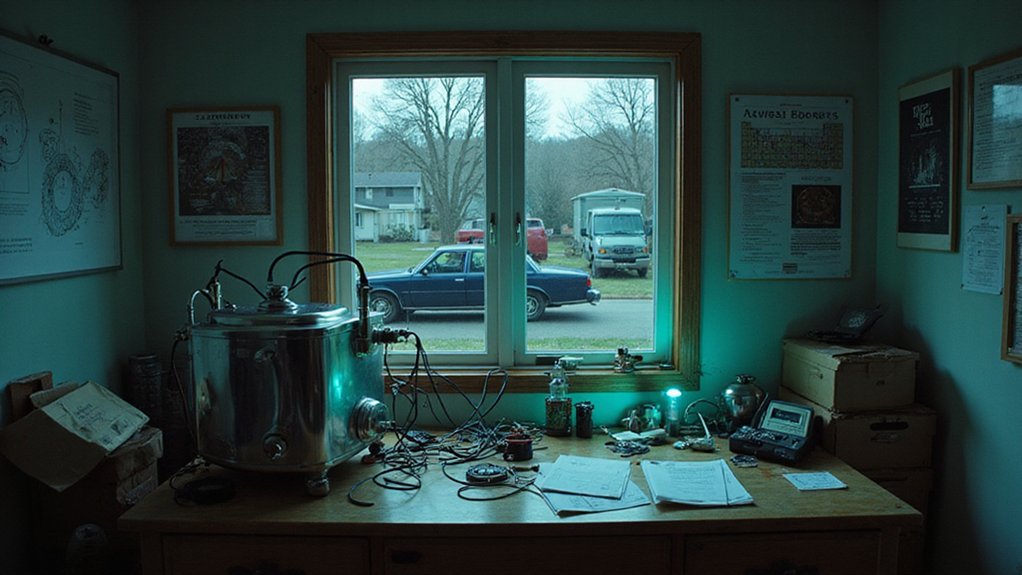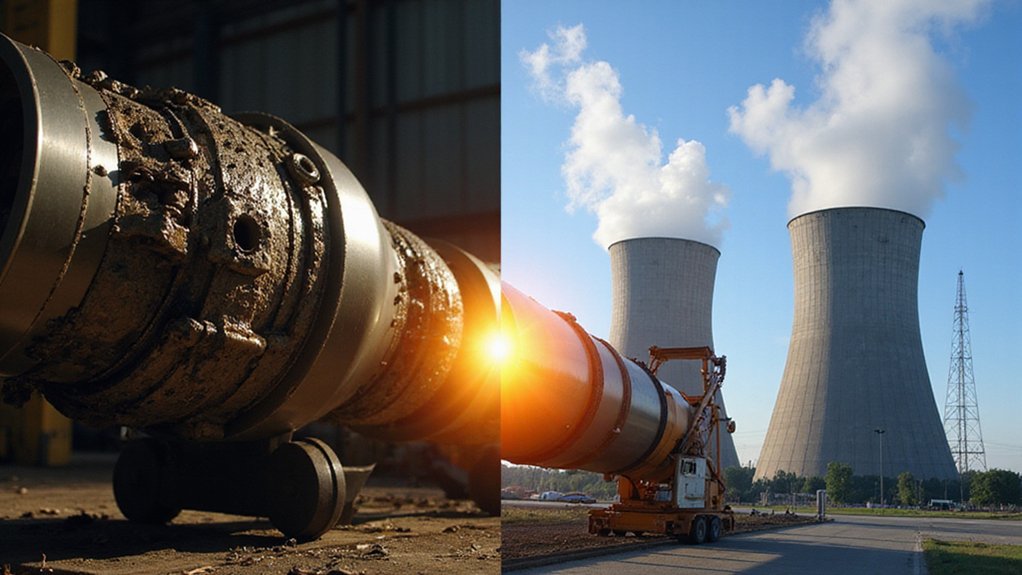After nearly four decades of turning up its nose at nuclear power, Denmark is having a change of heart. The country that’s been smugly boasting about its wind turbines since the ’80s is finally admitting what many suspected all along: you can’t power a nation on breezes and sunshine alone.
The Danish government recently announced plans to analyze the benefits of new nuclear technologies, with results expected by 2026. Pretty shocking for a country that banned nuclear power back in 1985 and hasn’t looked back since. Until now, that is.
Why the sudden interest in atoms? Blackouts. Nobody wants them. Spain and Portugal got a taste of darkness, and Denmark is thinking, “Yeah, no thanks.” Energy Minister Lars Aagaard admitted that Denmark is clueless about nuclear power these days. Forty years of ignoring something will do that.
Traditional nuclear plants probably won’t make a comeback. Instead, Denmark’s eyeing those fancy new small modular reactors. They’re like nuclear power plants, but cuter and less terrifying to environmentalists. While the first commercial SMRs are not expected until the mid-2030s timeline, Denmark seems willing to wait for this promising technology.
The timing makes sense. Public opinion has shifted dramatically. A recent poll shows 55% of Danes now support building nuclear power plants, with only 27% opposed. The rest? Probably too busy enjoying their Nordic noir shows to care.
Currently, over 80% of Denmark’s electricity comes from renewables—mostly wind, solar, and biomass. The government is specifically studying the social implications of adopting modern nuclear technologies alongside these renewable sources. But those Swedish, Norwegian, and Finnish neighbors with their nuclear plants have been enjoying lower electricity prices all along. Talk about energy envy.
Any nuclear construction would require a national vote to overturn the 1985 law. There’s also the tiny problem of what to do with nuclear waste and how to regulate a technology they’ve spent decades pretending doesn’t exist.
Meanwhile, Sweden’s going full nuclear, Finland’s been at it since the ’70s, and even oil-rich Norway is flirting with small modular reactors. Denmark’s realizing sometimes you need more than good intentions and windmills to keep the lights on. Aagaard has stressed the need for a diversified energy mix rather than relying solely on renewables.
References
- https://www.power-technology.com/news/denmark-nuclear-power/
- https://www.reccessary.com/en/news/world-regulation/denmark-reconsiders-nuclear-ban-amid-shift-toward-energy-security
- https://www.nucnet.org/news/denmark-considers-lifting-40-year-ban-on-nuclear-power-5-3-2025
- https://www.thelocal.dk/20250514/denmark-study-to-consider-lift-on-40-year-nuclear-power-ban
- https://www.tvo.fi/en/index/news/pressreleasesstockexchangereleases/2025/inthenordicsdenmarkhasalsoshiftedtowardapro-nuclearstance.html
